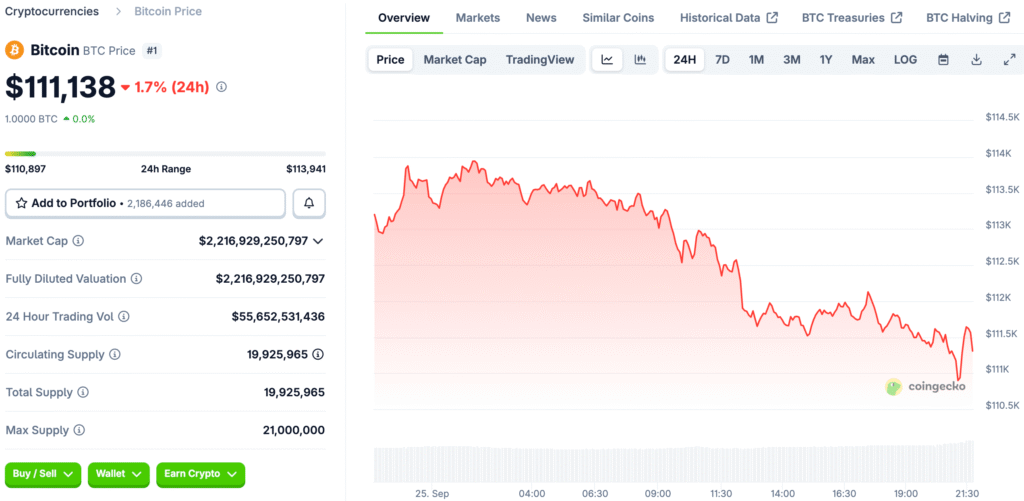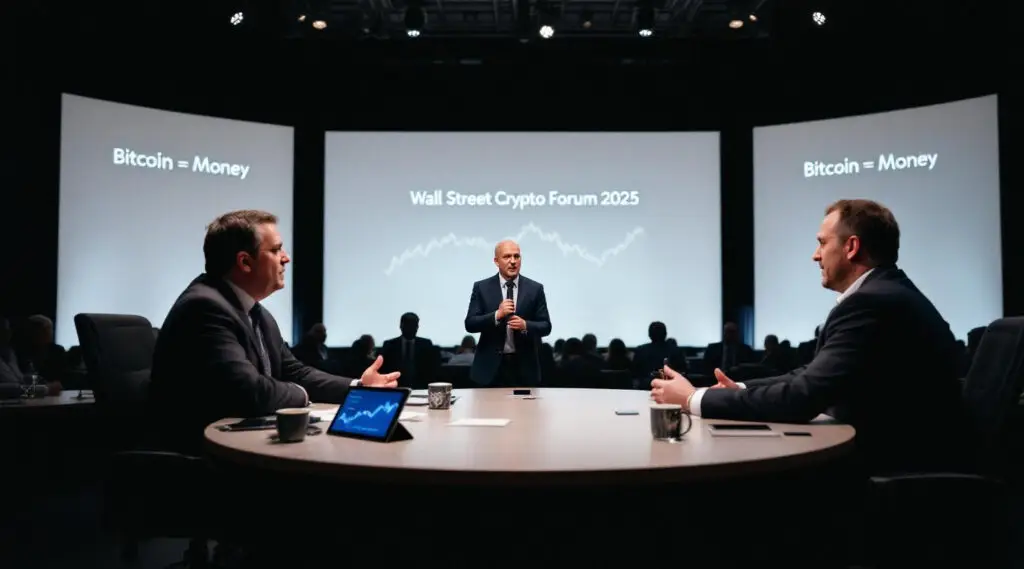Rise of Bitcoin Treasury Companies
Bitcoin treasury companies have quickly appeared, using unusual models that focus almost entirely on building up their Bitcoin reserves. Their business model is based on getting money, buying Bitcoin, and making money from the rise in stock prices that comes with the rise in BTC value.
The “infinite money glitch” cycle lets companies like Strategy repeatedly increase their exposure. By September 2025, Strategy had 630,000 Bitcoin worth more than $70 billion, and its stock price had gone up by more than 1,000%.

Mechanics of the Flywheel Effect
Companies buy Bitcoin with stock or debt, and the value of their reserves goes up, which raises the value of the company. Higher valuations make it easier to raise more money at higher levels, which keeps the cycle of buying and appreciation going.
This leads to circular logic, where success feeds itself, which makes stock prices go way beyond what is normal for companies. As long as Bitcoin’s value goes up, treasury companies help it go up even more, but if it goes down, they could cause a system-wide collapse.
Investor Demand and Structural Appeal
These business structures give investors more access to Bitcoin’s performance, which makes them more appealing. There is still demand for cryptocurrencies even though there are ETFs and other ways to invest in them.
People are wondering why investors like treasury companies more than funds that are made to give them leveraged exposure. Some analysts say that regulatory gaps or corporate advantages make this structure unusually appealing, even though there are risks involved.
Recommended Article: Bitcoin May Join Gold on Central Bank Balance Sheets by 2030
Utilizing Convertible Debt Structures
Analysis shows that many treasury companies use convertible debt offerings that take advantage of mispricing in volatility. Institutional investors protect their positions by shorting stocks, which often shifts risks to less knowledgeable retail investors.
These actions show how complicated and unclear the model is, which makes people worry about how easy it is for retail investors to lose money. Some people say that retail shareholders might not fully understand how financial engineering puts them at risk in ways they can’t see.
Scale and Systemic Risk Concerns
Treasury companies now own more than one million Bitcoin, which is almost 5% of the total supply. Strategy controls 2.7% of all Bitcoin, which shows how much power it has over both the crypto and stock markets.
This feedback loop means that their actions make both positive and negative market movements stronger. The paradox arises when increased short-term success enhances the likelihood of more severe future failures, thereby exacerbating systemic vulnerabilities.
Regulatory Grey Areas and Oversight Gaps
Most treasury companies don’t register under the Investment Company Act, even though they act like investment funds. Regulators depend on rules about how companies must disclose information, which means that investors don’t have the same protections that are usually in place for financial products.
Experts say that the main question about classification is whether these companies should be called investment companies. Problems go beyond cryptocurrency and include risks to cybersecurity, problems with auditing, and complicated custody requirements.
Wider Implications Beyond Bitcoin
The strategy could work for any asset where companies buy up shares to increase their value. Other treasury companies are popping up in the Ethereum, Solana, and XRP markets, using similar strategies to build up their holdings.
BitMine now owns more than $11 billion in Ethereum, which shows how popular this model is. When making new rules, regulators might need to look at how corporate finance works instead of just how crypto works.
Future Rules and Changes in the Market
Better rules for disclosure are probably needed to deal with the leverage and concentration risks that come with treasury strategies. To close regulatory gaps and stop arbitrage between countries, international cooperation may be needed.
The long-term solution might come when there are more regulated crypto investment products on the market. The “infinite money glitch” shows how innovation can outpace regulation, which puts investors all over the world at risk.



















